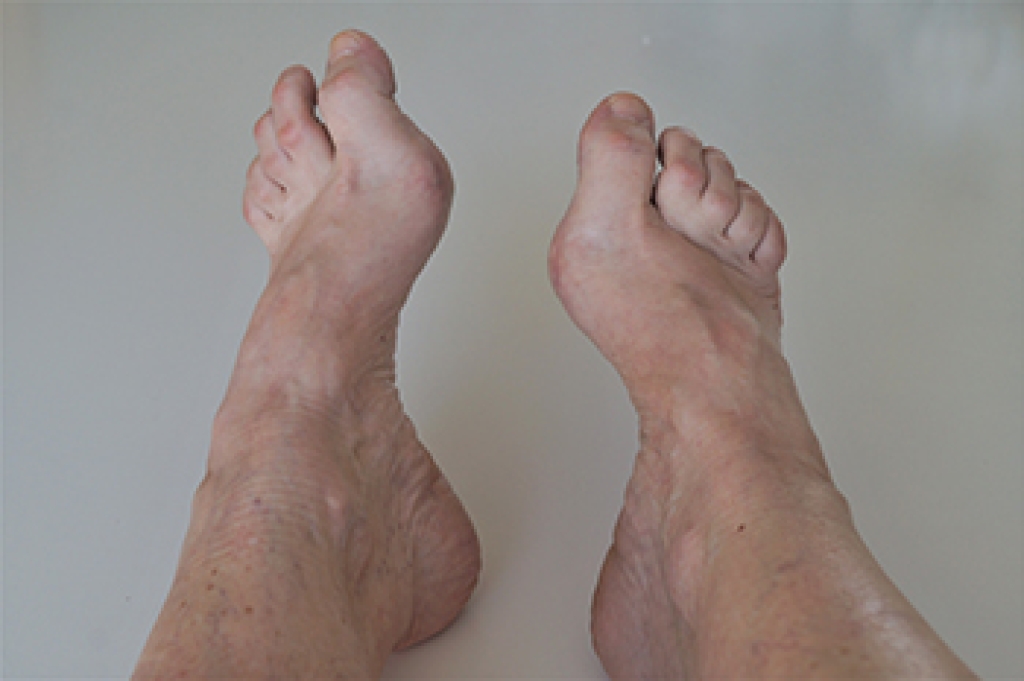
High-arches, also known as cavus foot, occur when the arch is raised higher than normal, which changes how pressure is distributed across the foot. Instead of spreading weight evenly, pressure is concentrated on the heels, balls of the foot, and the outer edge of the feet. This often leads to toe and ankle pain, and increases the likelihood of instability. Because a high arch is less flexible and absorbs less shock, the foot tends to roll outward when walking, which raises the risk of ankle sprains and stress fractures. Symptoms linked to high arches include calluses, hammertoes, claw toes, or discomfort in the ball of the foot. Over time, persistent pressure can also contribute to plantar fasciitis or Achilles tendonitis. A podiatrist can evaluate foot structure, assess gait, and recommend treatment to improve function or, if needed, surgery to correct severe deformities. If you have high arch pain, it is suggested that you schedule an appointment with a podiatrist for expert advice and appropriate treatment.
If you have any concerns about your feet, contact one of our podiatrists from Westside Podiatry Center, LLP. Our doctors can provide the care you need to keep you pain-free and on your feet.
Biomechanics in Podiatry
Podiatric biomechanics is a particular sector of specialty podiatry with licensed practitioners who are trained to diagnose and treat conditions affecting the foot, ankle and lower leg. Biomechanics deals with the forces that act against the body, causing an interference with the biological structures. It focuses on the movement of the ankle, the foot and the forces that interact with them.
A History of Biomechanics
- Biomechanics dates back to the BC era in Egypt where evidence of professional foot care has been recorded.
- In 1974, biomechanics gained a higher profile from the studies of Merton Root, who claimed that by changing or controlling the forces between the ankle and the foot, corrections or conditions could be implemented to gain strength and coordination in the area.
Modern technological improvements are based on past theories and therapeutic processes that provide a better understanding of podiatric concepts for biomechanics. Computers can provide accurate information about the forces and patterns of the feet and lower legs.
Understanding biomechanics of the feet can help improve and eliminate pain, stopping further stress to the foot.
If you have any questions please feel free to contact one of our offices located in Liverpool, Camillus, Skaneateles, Oswego, and Cicero, NY . We offer the newest diagnostic and treatment technologies for all your foot and ankle needs.
